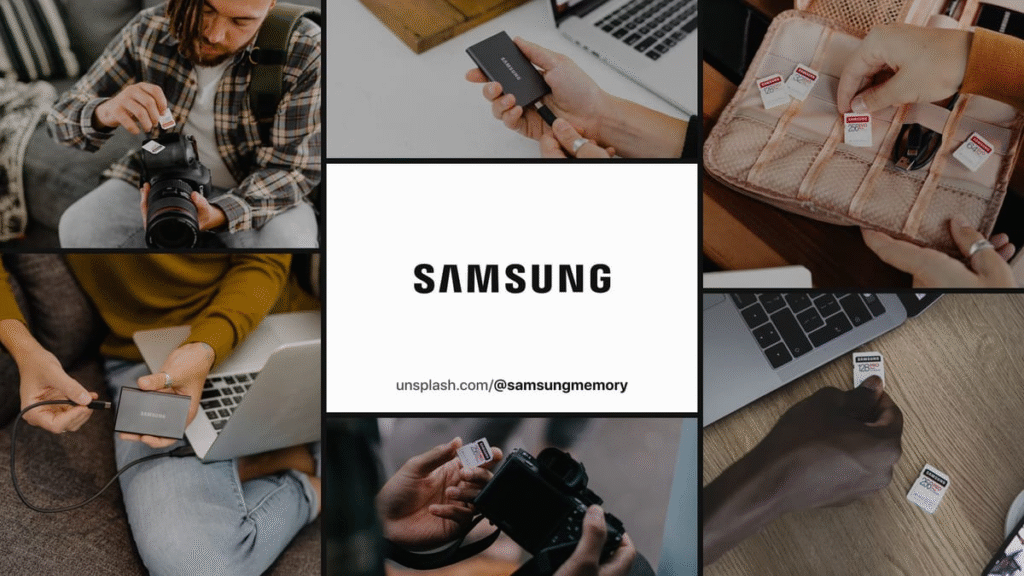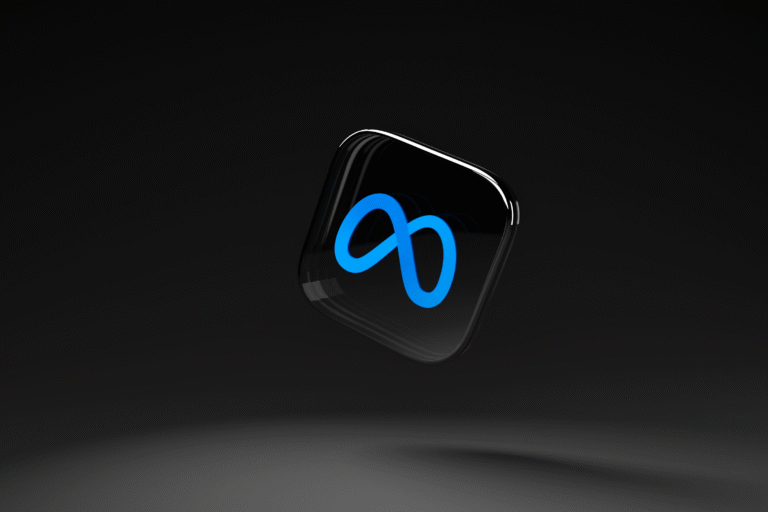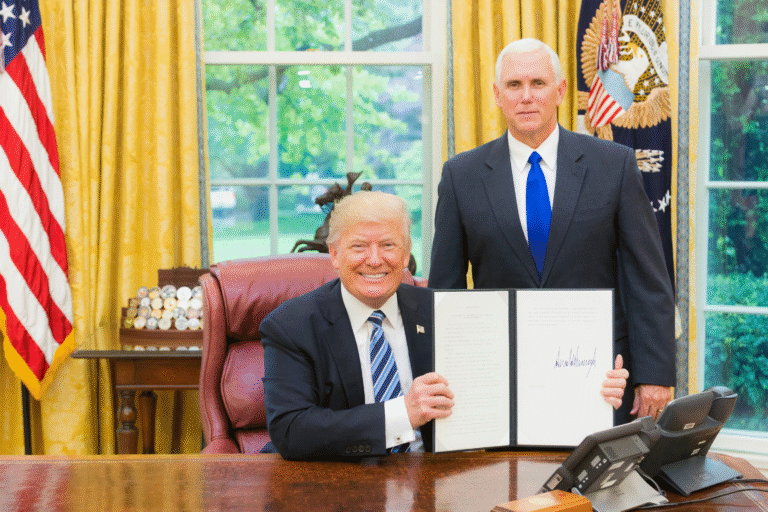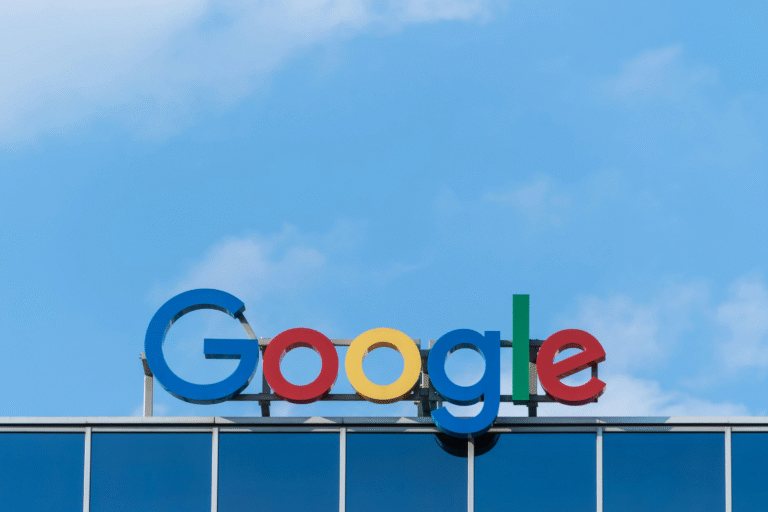TM Roh, who has been in charge of Samsung Electronics’ mobile division for a long time, has been named co-CEO. This marks a new chapter in the company’s leadership saga. The choice brings the business back to its original strategy of having two presidents. It also shows that Samsung trusts the divisions that are currently giving it the most worldwide momentum. The computer giant’s move makes sense given the rapidly changing market shaped by AI, changes in semiconductors, and more competition. It also feels like a part of the company’s past.
Anyone who has been following Samsung’s mobile adventure for a while would know the name TM Roh. He has been very well-known in the Galaxy ecosystem over the years, especially with its high-end devices. I clearly recall how excited everyone was when the Galaxy S24 series came out early last year. Roh took the stage in San Jose and showed off capabilities that showed how quickly AI was becoming a part of everyday smartphone use. It was evident from watching that event that his leadership went beyond just being good at technology. He talked about Samsung’s goals in a tone that was both easy and confident, almost as if he were both an engineer and a storyteller. Those kinds of things help explain why his appointment doesn’t feel like a surprise but rather a natural step forward.
Roh is now in charge of Samsung‘s Device Experience division, which is a big part of the corporation that covers mobile devices, TVs, and home appliances. Samsung’s main connection to homes throughout the world is through these items. For a lot of individuals, the corporation is more than just a brand; it’s the phone they use, the screen they watch, and the appliances they use every day. Roh is now the co-leader of a company that affects millions of these kinds of interactions every day, and his knowledge of how people act as consumers will be incredibly important.

His appointment also brings an end to a difficult time for Samsung. When co-CEO Han Jong-Hee died suddenly earlier this year, the company had to run with only one CEO for the first time in years. Roh took over as the acting head of the consumer business. It wasn’t an easy time, but people who were paying close attention to the company saw how easily the change went. One reason Samsung may have felt safe giving him more responsibilities is that he was stable during that time of uncertainty.
People that monitor the industry have also said something. Ryu Young-ho, a senior analyst at NH Investment & Securities, said that Samsung’s option was “safe and predictable,” which was not a restricting way to say it, but a reassuring way to say it. When a firm is as big as Samsung, having predictable leadership generally means that people feel confident, things stay the same, and they know what makes the company successful. That feeling seems to be in line with what people in the sector are saying. Analysts think that this choice means Samsung wants to strengthen the divisions that have done the best this year: mobile and memory chips.
As someone who has been following the tech business for a long time, it’s intriguing to see how Samsung uses its strengths to make long-term decisions. For example, the memory business has been doing well in a market that has recently shifted in its favor, notably with the global need for AI-related gear. Samsung has been closing the gap in the AI chip race under co-CEO Jun Young-hyun. This is a field where no major tech company can afford to fall behind. The structural transition toward a dual-CEO model starts to make sense when a firm is working on both its semiconductors and its mobile ecosystem at the same time. It recognizes that leaders with a lot of experience need to pay full attention to both areas.
The mobile business, on the other hand, has been one of Samsung’s most reliable businesses this year. A lot of us might think of smartphones as everyday items, but the war for market supremacy around the world is still going strong. The market is quite competitive right now since Apple is making its environment more closed and Chinese competitors are coming back. Samsung has been able to handle this pressure thanks to Roh’s diligent innovation and sound strategy. His ability to find a balance between high-end features and wide availability has helped Samsung stay competitive in many different areas. By making him co-CEO, Samsung shows that it wants this equilibrium to stay.
One thing that sticks out about this change is how closely linked Samsung’s different companies have grown. Mobile experiences are becoming more common in home appliances, AI features are becoming more common across devices, and software updates are changing the way people use everything from refrigerators to smart TVs. The Device Experience division is at the center of all this connectedness, and Roh’s style of leadership seems to fit it well. He comes from a world where hardware and software are always interacting, where user expectations change quicker than product cycles, and where trust in a brand is developed by regular contact rather than one-time innovations.
When you look at the wider picture, Samsung’s return to a co-CEO structure represents more than just a nod to tradition. It shows that the organization knows that its future depends on having specialized leaders who focus on different but related engines of growth. Big tech organizations typically have trouble figuring out how to set up its leadership. Too much centralization can make experts less useful, while too much fragmentation can make strategy less clear. Samsung’s decision to bring back two CEOs seems like a good compromise that keeps both concentration and unity.
It’s also hard to overlook the emotional side of this change. It can be hard to replace leaders after someone who was well-liked dies. But the mood around Roh’s appointment has been calm, consistent, and grounded. The business seems to be moving forward with clarity instead of haste. The way a firm handles changes in leadership can tell you as much about its culture as a quarterly report does.
Questions typically come up when you look ahead. What effect will the return of the co-CEO structure have on Samsung’s next generation of devices? Will the corporation speed up the process of adding AI to all of its consumer products? How could this alignment of leadership affect Samsung’s position in the global chip race? These are the kinds of things that make this change more than just a business announcement. It suggests new paths, new plans, and maybe even new ways for customers to interact with the brand.











